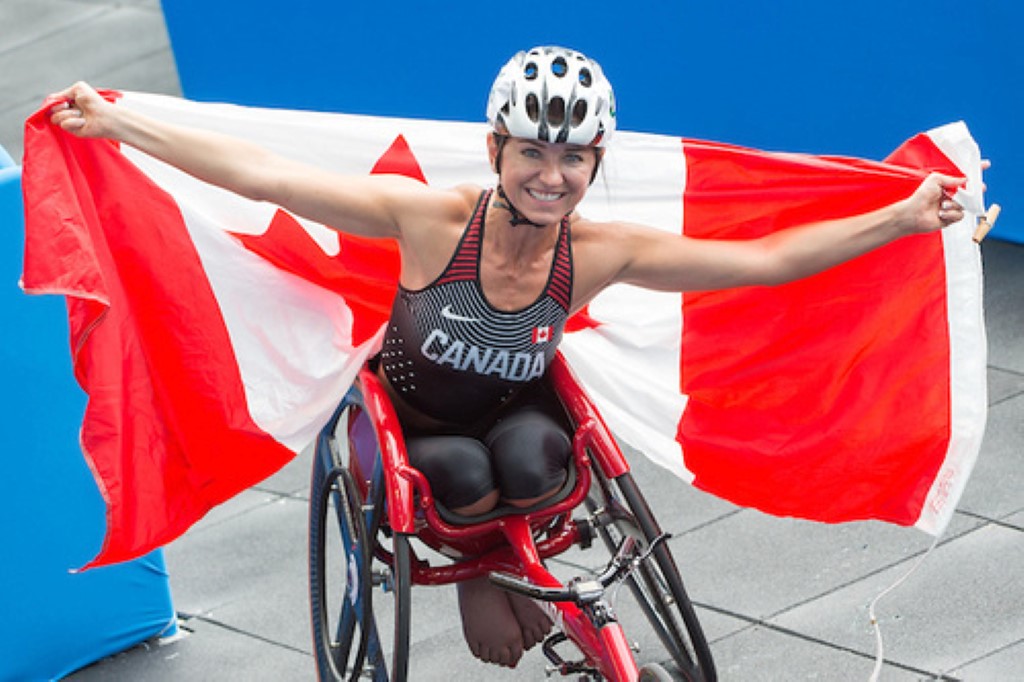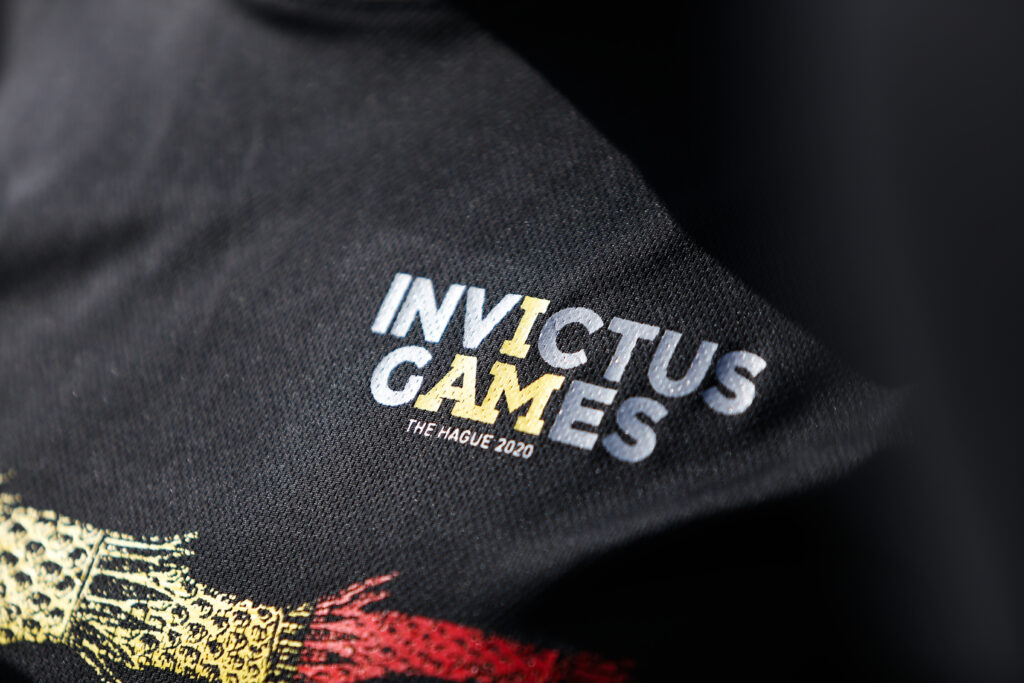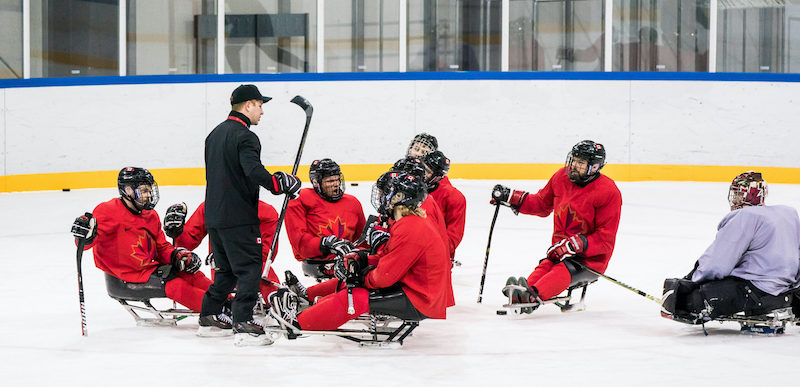2021 year in review: How SIRC embraced the “new normal”

After 2020 surprised us all with a global pandemic, many of us looked to 2021 with hope for a gradual return to our pre-pandemic “normal.” And with the widespread rollout and uptake of COVID-19 vaccines across the country, the activities that we put on hold as the pandemic unfolded, from social gatherings to travel, began…
Performance tracking
In wheelchair sports, wearable sensors present an opportunity for para-athletes to assess and analyze their gameplay and training statistics, such as wheelchair speed and acceleration. Wearable sensors can be used to measure electrical signals in muscles, allowing athletes and their support teams to assess training and performance in nuanced ways.
One size doesn’t fit all
For Para athletes, existing concussion assessment tools, like the SCAT5, can be useful, but may require modification. In its first position statement, the Concussion in Para Sport Group address adaptations for concussion assessment, management and return to sport for Para athletes. For example, the Wheelchair Error Scoring System (WESS) can be used with the SCAT5…
Beijing to Birmingham: Thinking outside the Para sport classification box

The Tokyo 2020 Summer Paralympic Games are in the books, with the 2022 Winter Paralympic Games (Beijing) and Commonwealth Games (Birmingham) just around the corner. Our 128 Canadian Paralympians competed in Tokyo, bringing home 21 medals. Canada’s team joined 4,275 high performance Para sport athletes from 62 countries for 12 days of competition in 22 Paralympic sports. Despite the unprecedented challenge of hosting…
We are family: How sport programming can support military families after illness and injury

“I think the whole notion is that it’s the family that serves and it’s the family that heals together through something like this. Nobody does it alone. So I think it’s recognizing the whole family and how they’ve had to work together to get to this point or to heal.” Invictus Games family member Remembrance…
Concussion in Para athletes: One size doesn’t fit all

Highlights In 2020, an international group of clinicians, researchers and athletes met virtually to explore how to best assess and manage concussion in an athlete with a disability. This group’s individuals had experience and expertise in the care of Para athletes, and in the assessment, management and prevention of concussion. They named themselves the Concussion…
Project Echo: A movement to make Para sport a better place for all

The global COVID-19 pandemic has highlighted inequalities that many people experience, particularly the disparities experienced by persons with disabilities. According to the COVID-19 Disability Survey, over 50% of respondents noted that during the pandemic their needs weren’t being met in a number of areas related to accessibility (Abilities Centre & The Canadian Disability Participation Project, 2020)….
Practice pays off
Becoming a Paralympian requires skill, dedication, resiliency, and a lot of practice. A recent study found that Paralympic athletes averaged over 6,400 hours of training during their careers.
Individualized training
An individualized approach to training and development is important for creating effective training programs for Para athletes. Research shows that Para athletes’ developmental pathways and training preferences will vary based on their previous sport experiences, personal preferences, and impairment type.
Para sport research
The Canadian Paralympic Committee’s Paralympian Search Program provides an important platform for research on quality Para sport experiences, patterns in Para athlete development trajectories, and the engagement of underserved populations, such as girls and women, in the Para sport system. Learn more.